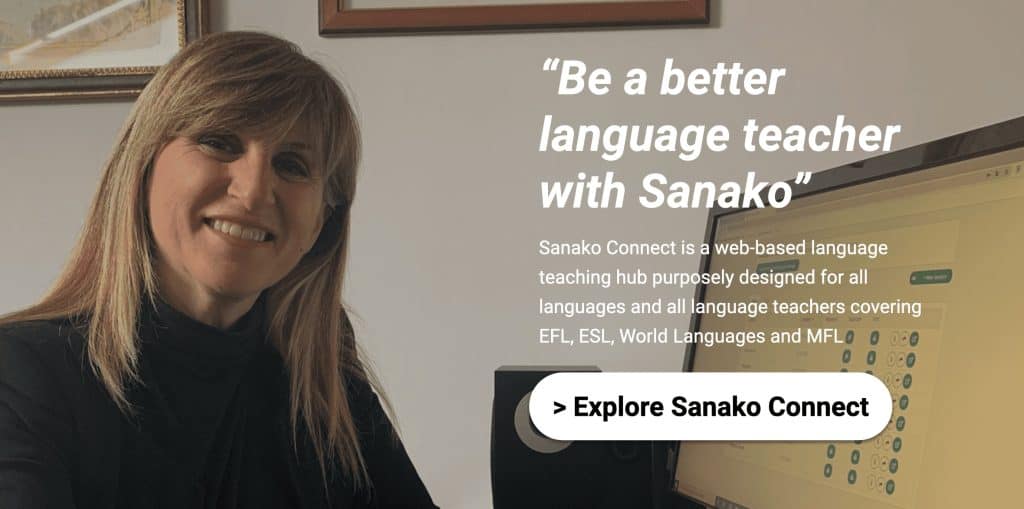With some careful planning, school holidays and weekends can present a great opportunity for all second language learners to continue their language acquisition journey outside the classroom.
In this blog post, we’ll explore a variety of exciting activities that students can enjoy with their families, while simultaneously enhancing their language skills. These engaging holiday activities help make language learning a fun and interactive experience for students, encouraging them to practise their language skills in real-life contexts.
Outputs from these activities (e.g videos or scrapbooks) also serve as useful lesson starters or stimulus materials when students return to the classroom after their holidays.
The following activities are not intended to be onerous – it’s obviously important that students also have a break and the chance to recharge their batteries. Furthermore these activities work whether students are travelling or staying at home. If they’re enjoying a staycation, then provide materials to support parents and get them to encourage / insist that students use their L2 rather than L1 whenever possible.
1. Explore nature with language-based scavenger hunts
These are a great way to engage students in hands-on learning while enjoying the great outdoors. Educators can help by creating scavenger hunt word lists tailored to different language proficiency levels, incorporating vocabulary, grammar concepts or cultural references. Families can work together to find and collect items, while students can practise describing their findings and what they see in their target language.
2. Cook traditional dishes
Food is a universal language that brings people together. Encourage students and their families to explore the culinary traditions of their L2 by cooking traditional dishes. Students can also research recipes online, watch cooking videos in the target language and visit ethnic grocery stores to gather authentic ingredients. Cooking not only provides an opportunity to practise the language but also offers a deeper understanding of the target culture’s culinary heritage.
3. Create language learning scrapbooks
“Nothing” or “Not much” can be depressingly common answers when students are asked what they did for their holidays. So help them to document their adventures in a language learning scrapbook. Learners can write or record descriptions of their experiences, add pictures and include mementos from their trips. As appropriate, their scrapbook might also be created in digital form using a web-based language teaching platform such as Sanako Connect rather than a physical book – what’s important is the production of language.
This activity not only enhances core language skills but also encourages creativity and reflection. Students can also share their scrapbooks with their classmates for peer assessment and to provide inspiration for future classroom activities.
4. Movie Nights
There’s a wealth of multi-language entertainment content that’s now easily available on digital platforms such as Netflix or Spotify. Give students lists of films, podcasts and TV shows to enjoy that match their language proficiency levels and interest.
Perhaps you could even supply some starter questions to test students’ understanding or to encourage them (and their families) to discuss plot, characters and cultural themes? Students have the chance to strengthen their listening skills and to get under the skin of the culture of their target language.
5. Virtual language activities
Students can easily connect with other language learners or native speakers from across the world through virtual language websites or language learning communities. These solutions provide opportunities for them to have video calls and exchange messages, enabling them to practise listening, speaking and writing skills in their target language.
Online platforms, such as language forums and video conferencing tools, make these interactions cheap and easy to undertake. Care should, of course, be taken to ensure the student is using these sites appropriately and safely. But this activity can certainly promote intercultural understanding and open up opportunities for lifelong friendships.
6. Visit cultural festivals or events when travelling
If your students are visiting a country where their target language is spoken, then encourage them to make the most of their stay. Suggest that they practise their skills at every opportunity, particularly by talking with native speakers. Visiting local cultural festivals and events also offers the chance to build understanding and to practise their L2 in authentic contexts.
7. Use online resources
We’re sure that most students will have their mobile phone or tablet close by during the holidays, so leverage those technologies as an intentional tool for language development. Ensure that students have access to their normal language learning apps / resources and recommend other websites or educational podcasts for them to explore.
Some students might even use / value extension activities to brush up on key concepts, grammar or vocabulary during the holidays. Sanako Connect offers the ultimate language teaching hub for world language teachers, which easily ensures that all content is accessible via the internet using any device. For example, Sanako Connect’s automated pronunciation grading functionality also helps students to master speaking and pronunciation in their L2. Learners listen and repeat native-like speech models to which the system provides automatic feedback and scoring.
Conclusion
Holidays and weekends provide an ideal opportunity for language learners to explore their target language in a natural and immersive way. Through the holiday activities above, students can not only strengthen their language proficiency but also develop a deeper appreciation for the language and culture they are studying. It’s vital that your students and their families see these activities as enjoyable educational experiences that extend their learning beyond their classrooms.
Let’s make the most of holidays by encouraging our students and their families to embark on language learning adventures that will create lasting memories and foster their language development. Language learning should be a joyful and immersive experience, and by implementing these activities, educators can ensure that students continue to grow and thrive in their language acquisition journey.
Sanako is the global-leader in teacher-led language instruction technology. Our software supports language teachers to deliver inspiring and effective lessons. If you’d like to find out more about how Sanako’s dedicated language teaching software could transform your approach to language teaching, click here or the banner below to learn more!

